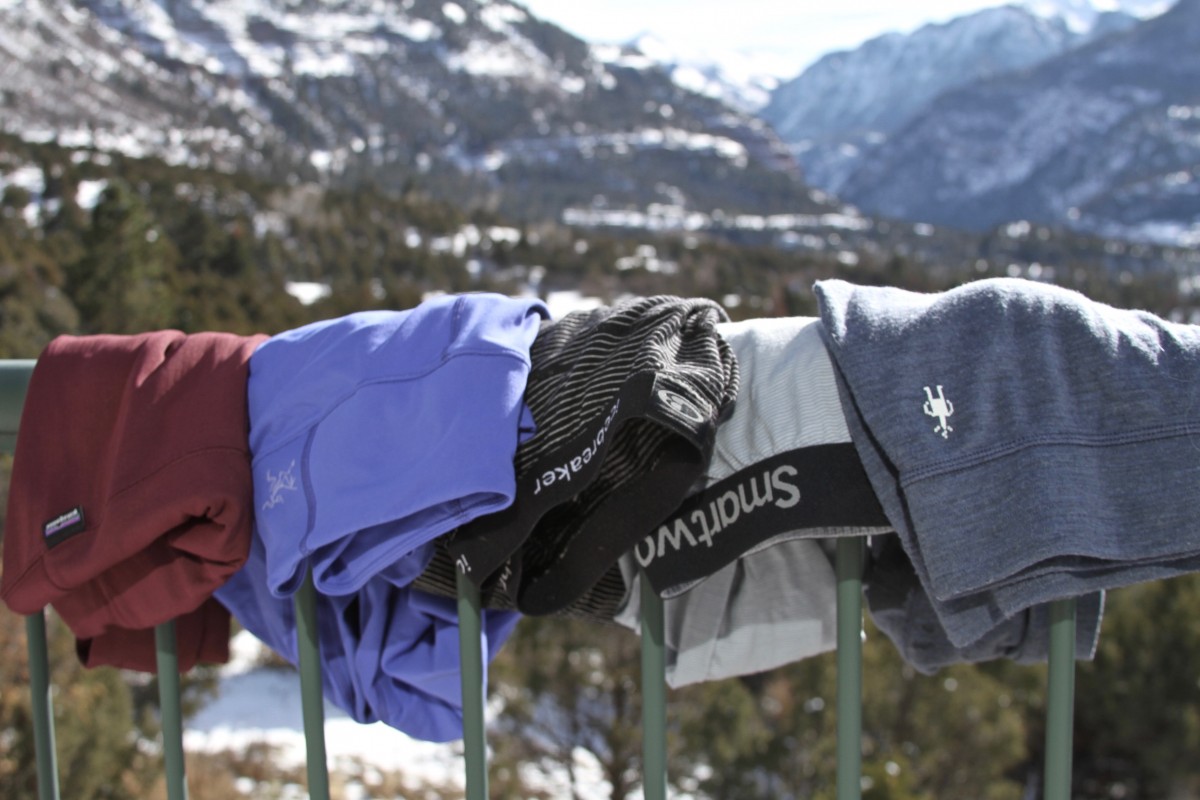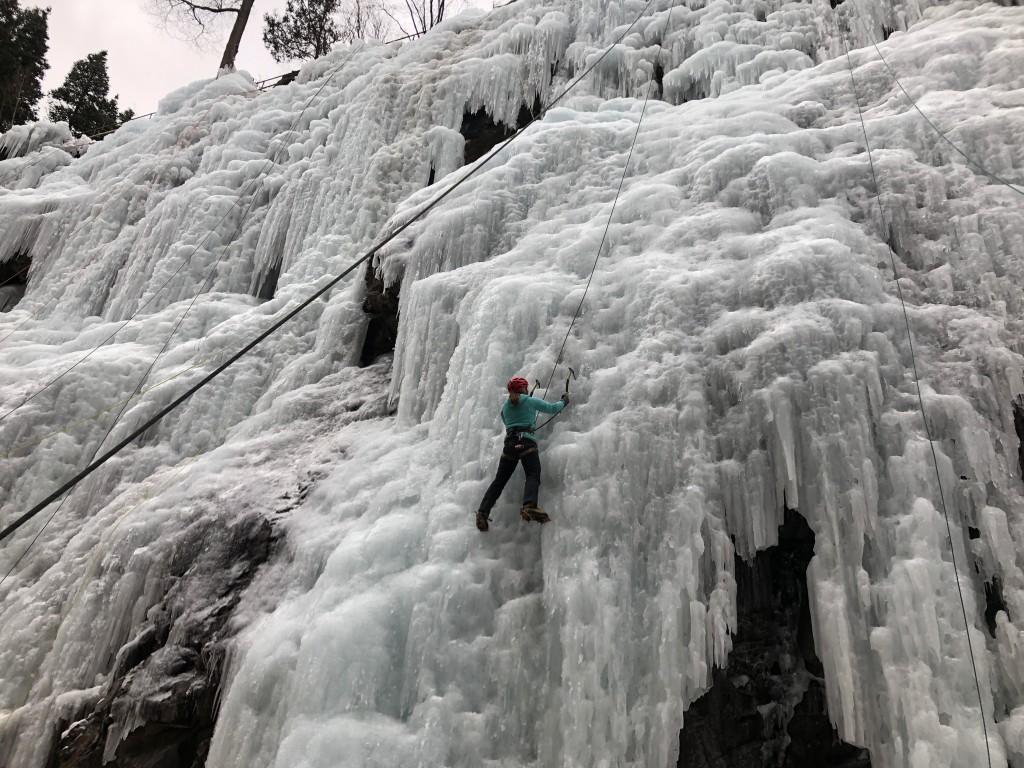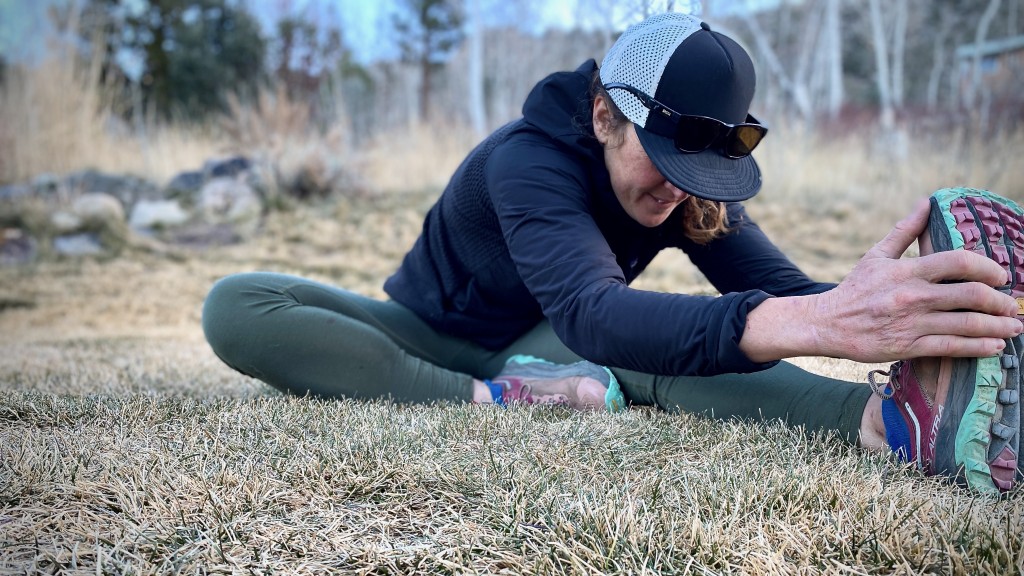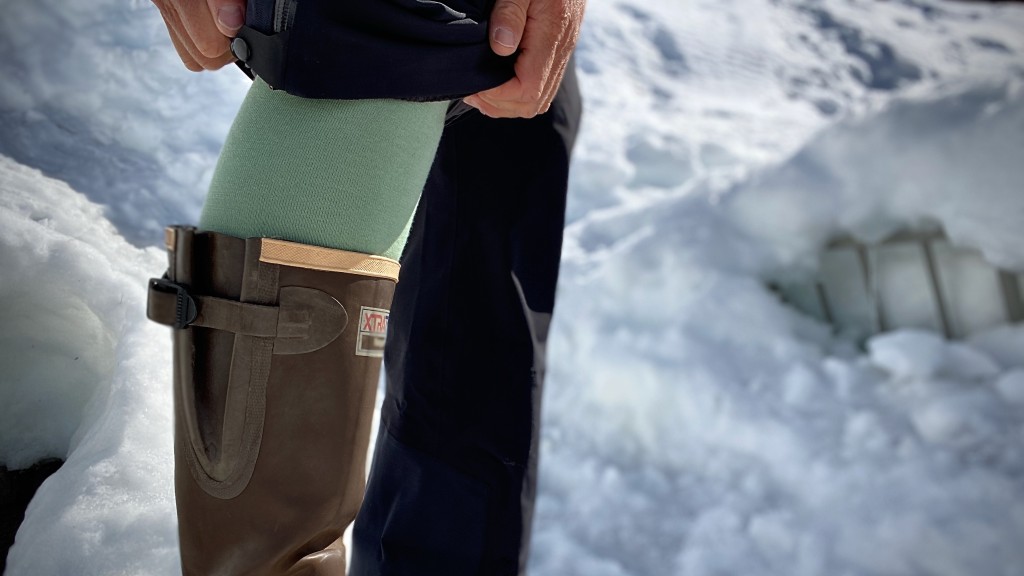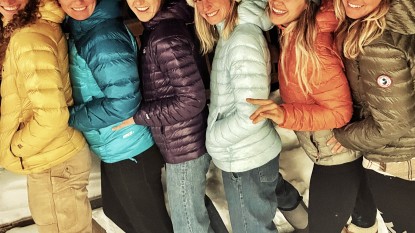Perhaps one of the most important pieces of gear to consider is the one that sits next to your skin. A great piece of long underwear does its job by wicking away moisture and transporting it away from your skin to ensure that you stay warm and dry. This is essential to ensure that you stay warm during cold spells after moving in the backcountry for long periods of time. In this article, we discuss a few critical considerations before buying your next pair of long johns. Specifically, we'll talk about budget, fabrics, and fabric weight. We will also discuss the importance of seeing your outdoor outfit as a layered system and not just a bottom that's supposed to do it all.
Budget
Most base layer bottoms might seem relatively expensive, but like any important piece of outdoor gear, it's an investment. Base layers constructed of synthetic fabrics aren't as comfortable or high-performing but are typically cheaper with better durability. If you can swing paying a little bit more, we would generally encourage you to purchase Merino wool garments because of their superior warmth.
Long Underwear Fabrics
A great pair of long underwear bottoms are made from either Merino wool, synthetics such as polyester and nylon, silk, or a blend. When looking at a great base layer, look at the fabrics from which your bottom is constructed. Each has its own unique set of pros and cons.
Merino Wool
You can't really go wrong with a Merino wool base layer bottom. This is definitely the superior fabric. Like all great base layer fabrics, it insulates when wet and is extremely cozy and comfortable. Merino wool isn't typically itchy (even when wet) and can provide all-day wearable comfort. It also has an exceptional range of temperature regulation and will keep you dry. This material has an awesome ability to breathe, transporting moisture off your skin and out of the fabric. An added bonus is that it doesn't stink — even after being worn for days on end without washing.
While Merino wool is typically the best quality when it comes to performance and thermoregulation, it does have its caveats. Given the soft and supple design of the fabrics, they are typically not very durable. A simple fall or a brush against a sharp branch can cause a small hole. As a result, this type of fabric is best worn underneath another layer. The material can also absorb more water than synthetic material. Not to mention that Merino wool is typically a lot more expensive than synthetics. Those caveats aside, it simply does provide the best performance on the trail when compared to synthetics. If you want a layer that'll keep you super warm even if you get wet or sweaty, this fabric choice will keep you warmer longer.
Synthetics
Synthetic long underwear is typically constructed from polyester or some form of blend that might integrate elastane, rayon, spandex, nylon, polyester, or other materials to help promote durability, wicking ability, and elasticity. Synthetics are great as they are typically less expensive and more durable than Merino wool. The material performs well by wicking away moisture from the body while keeping you relatively warm. It is also easier to layer and typically looks better to wear on its own. The fibers don't stretch as easily or lose their shape when wet.
Synthetics are great for many purposes, but when compared to Merino wool, they usually fall into second place. The fabrics aren't as soft or as cozy, nor are they as warm after getting sweaty. The fibers also lose heat more quickly, which can lead to a soggy, cold bottom if you don't have proper ventilation. Overall, thermoregulation ranges aren't as wide, but the fabric still performs well. Additionally, synthetics typically start to smell if worn for several days between washes. While many brands offer “odor-resistant” finishes, they typically don't work if you've been in the backcountry and haven't been able to shower for a few days. Choose a synthetic fiber if durability, price, and drying speed are top priorities. They work just fine but aren't the fabric world's creme de la creme.
Merino-Synthetic Blends
These bottoms offer the warmth and coziness of Merino wool with the durability and wicking power of synthetic fabric. This fabric provides the best of both worlds and if it comes in a thinner weight, it's going to excel in terms of breathability. Look for this blend if breathability is your top priority and you want the comfort and odor control of a Merino wool bottom.
Silk
While we didn't review any silk options, you might find a variety of silk-based long-john bottoms out there. Silk is renowned for how soft it feels against the skin. Its slippery face fabric fits nicely underneath other layers and is super thin. It doesn't breathe exceptionally well, but the material will wick just fine. It's a great option to add to an already useful base layer set-up if you're looking for a little extra wicking power. The main issue is that its fabric will absorb your trail stink. So we recommend washing these layers every time you wear them.
Fabric Weight
Base layers come in a variety of different weights, depending on how much insulation you need. When determining the weight you need, consider whether you run hot or cold and what kind of activity you'll be doing. If you're planning on sprinting through the snow on your next pair of snow skates, then opt for a thinner layer. But if you plan on riding a chairlift all winter, go for something with a little more insulation to protect you from the cold while you're sedentary. Below, we discuss the different weights that you'll see amongst most products in this review.
Lightweight
Made of ultra-thin materials, this fabric weight is best for high-output activities or just cool days when the sun might show its face. Layer it under a warm insulating layer for great wicking capabilities. The thinner construction makes it easier to fit underneath more layers than a thicker option. These are best for aerobic or high-output activities on cold days or as a layer on warmer winter nights.
Midweight
This is the most versatile of all weights. It's warm enough to keep you toasty in sub-zero temperatures and can be worn on its own on warmer days. The fabric is a little thicker and offers great insulation in cold conditions. It still breathes and wicks well, providing warmth for lower-output activities like day hiking, snowshoeing, or lounging by the fire.
Heavy or Expedition Weight
The heaviest and thickest of all the long john bottoms. We would only recommend this thickness for seriously polar conditions or if you're seeking a base layer that can be worn on its own (without another layer) on cooler days. While the fabric still breaths and wicks well, it's very warm and thick. Layering is possible but harder than thinner base layer constructions, simply due to the amount of space required in your layered system.
Fit
In addition to fabric type and weight, you should also consider the fit features of a long underwear bottom. Here, we discuss important fit features such as stretch, different length options, waistband details, seams, and calf width.
Stretch
You should buy a pair of long underwear that fits close to the skin with an integrated stretch. Since its main job is to wick away moisture, the layer should sit as close to your body as possible. While Merino wool can sag after heavy use (when it's not tightly fitted), synthetics offer a closer fit that easily wicks moisture away from the skin.
Length Options
There are a few different options when it comes to length. Some women prefer a full-length fit, while others perfect a three-quarter length option. The full length offers full coverage and, ultimately, more warmth and breathability. However, some women prefer better ventilation, which is offered at three-quarters length. This length is often preferred specifically for skiing, reducing the bulk where the ski sock and long underwear overlap beneath the tall shaft of a ski boot.
Check out our review of women's base layer review to see our faves.
Another fun option is the full-body onesie! Some manufacturers actually offer long underwear that extends from the top all the way to the bottom. These are incredibly warm and comfortable, but they also don't offer the best versatility when it comes to ventilation. That said, when considering the kind of long underwear bottom, ask yourself what kind of cut you prefer.
The Waistband
A comfortable waistband that fits well is super important. We noticed that some waistbands are a little itchier than others and don't offer the same level of comfort. When perusing through different options in this review, make sure to take note of which waistbands offer a little more in the ways of cozy fabrics and elastic design. You don't want a waistband that will stretch out over time or doesn't feel good next to the skin. Modern, high-waisted designs tend to be our favorite because of their ease of layering and flattering fit.
Flat Seams
A quick note here, but always make sure that your long underwear has flat seams. Since the fabrics sit right next to the skin, a seam that isn't flat will cause discomfort and chafing over time. Typically, the super cheap base layers that you might find at your local department stores will not have flat seam technology. Almost every pair of long johns in this review features flat seams that are comfortable and cozy next to the skin, in addition to increasing overall durability.
Calves and Cuffs
If you spend time crushing hills outdoors, then you've probably got a killer set of calves. Big calves are sexy and powerful, and sometimes base layer bottoms will have a hard time accommodating them. It's important to look for base layers that have “stretchy fabrics,” especially around the calf and ankle. When shopping, yank on the cuffs to see if they stretch. If they don't and they look a little too thin (or big), move on to the next option.
The Layered Outfit
When choosing a base layer bottom, you need to consider your whole outfit, not just one layer. Since the base layer is meant to keep moisture off the skin, the mid-layer and jacket are intended to be the insulation. Any base layer that you chose will accumulate moisture if the upper layers don't vent properly. So, when figuring out how to stay warm, be sure to choose layers of the appropriate weight, with upper layers that can release moisture when the temps increase or the intensity revs up. Once you've figured all that out, you can get ready for some awesome adventures.
Conclusion
While the market is loaded with different options, make sure you choose a long underwear bottom that is made of either Merino wool or synthetic materials, always avoiding cotton at all costs. After deciding on the materials and weight that will suit you best, try on some options to see what feels most comfortable to you. Once you've purchased the perfect pair of long johns, the foundation will be laid for all your outdoor adventures in cool to cold weather, and you'll be happily adventuring for many years to come.

